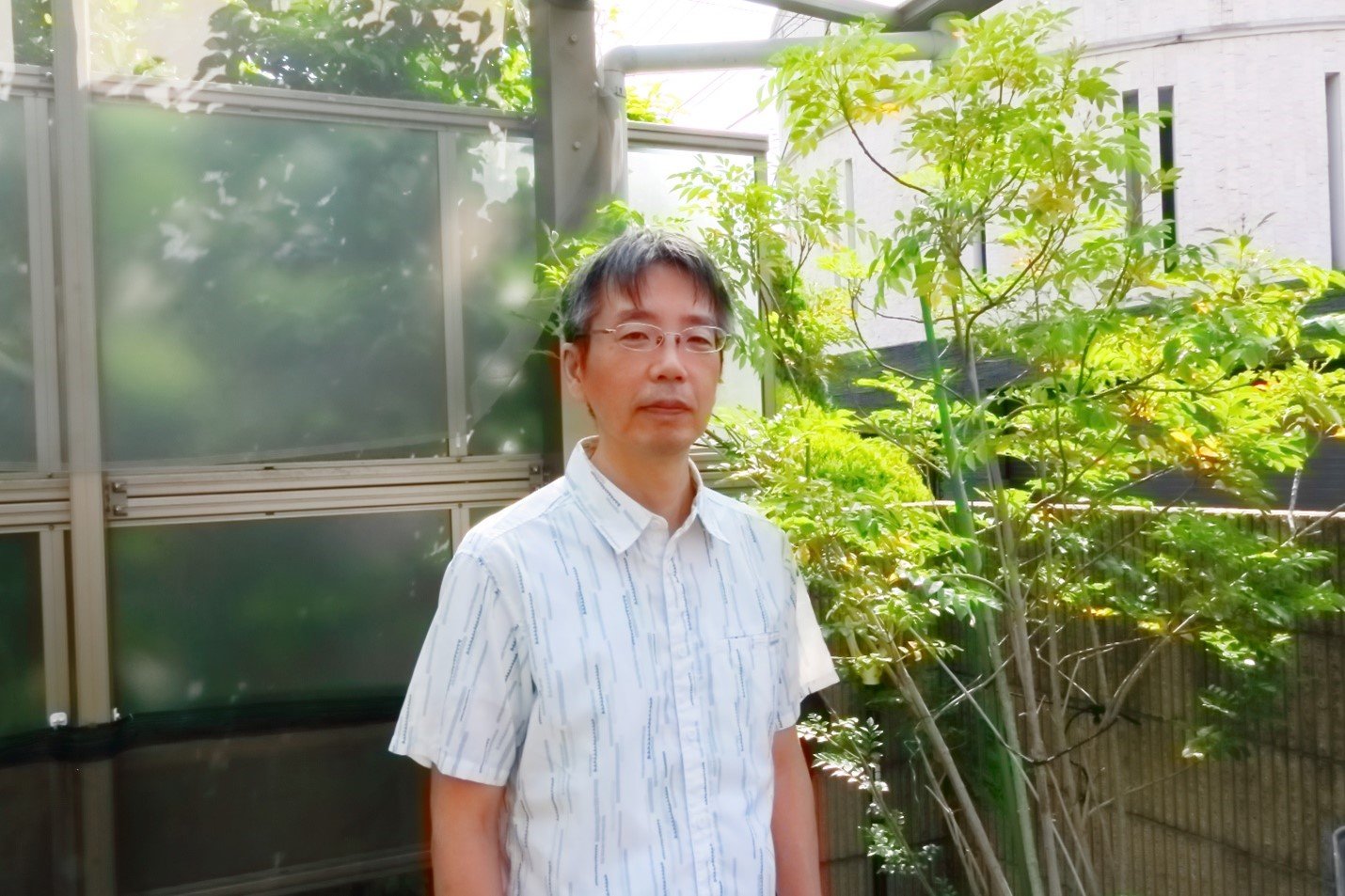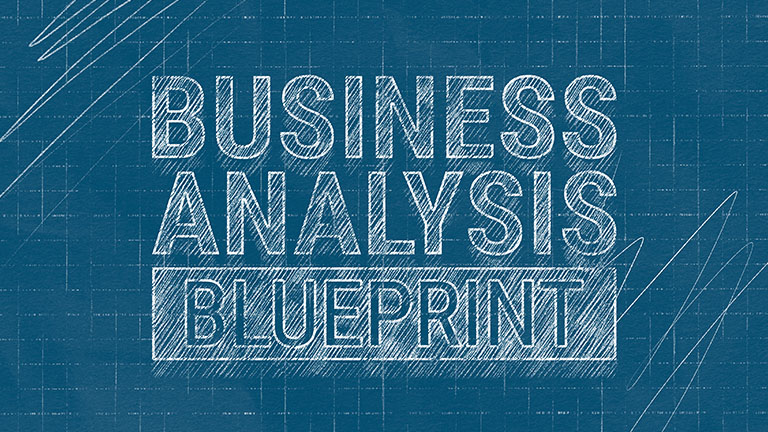Business Analysis Blueprint
Masashi Ioki
Disclaimer: The views and opinions expressed in this article are those of the author and may not reflect the perspectives of IIBA.Receive free IIBA updates and exclusive content!

Business analysis professional and IT engineer Masashi Ioki has navigated a multifaceted career journey, starting from the trenches of system development and coding in the telecom industry to leading IT projects and eventually transitioning into a managerial role focused on consulting. Over the years, Masashi's dedication to refining his skills led him to explore facilitation and business analysis, spurred by his introduction to IIBA and the Takumi Method.
We recently spoke to Masashi about his unique business analysis journey, blending technical expertise with strategic foresight to drive success in IT projects, as well as how he incorporates his engineering background into his business analysis role.

Can you share a bit about your journey into business analysis?
I began my career as an IT engineer, gaining extensive experience in the telecom industry, spanning from system development and coding to system design and maintenance operations. Later, my job title changed to IT Architect. For about 15 years, I led multiple IT projects, ensuring all non-functional requirements were met.
Then, about 10 years ago, I started a new career as a manager in a newly formed consulting team. At the beginning, the team had no consulting experience, so I worked through a trial-and-error process to make proposals. Then one of the leaders of the IIBA Japan Chapter, Mr. Hamai, introduced me to IIBA and the Takumi Method. I started considering the significance and value of projects, which led me to focus on facilitation and business analysis.
In some IT projects, problems occur because system requirements are unclear. I soon realized the importance of clarifying business requirements to define system requirements accurately. So as a business analysis professional, I've been focused on building consensus with stakeholders and clarifying strategies and requirements.
As the head of IT Architect teams at NTT Comware, what are some key challenges you face when supporting IT projects?
One of the key challenges is managing a diverse array of requests from IT project stakeholders with a limited team size. My team consists of about 40 technical experts in cloud technologies such as Azure and AWS, performance, monitoring, and AI technologies. We provide support services like implementation methods and troubleshooting.
However, requests from IT project members vary widely, occasionally requiring support for software products outside our expertise or long-term support. As a result, we often collaborate with related organizations to address these requests. It's imperative to continuously enhance our technical skills to effectively support projects, striking a balance between project support and team skill development. Communicating the team's achievements is crucial to securing the necessary budget for skill enhancement.
How do you incorporate your engineering background into your business analysis role?
As an IT architect, clarifying system requirements is crucial. Drawing from my engineering background, I assess the relevance of requirements and ensure their alignment with strategy, incorporating rapidly evolving technology into a company's business.
My perspective allows me to grasp the essence of new technology without being swayed by buzzwords.
For several years now, you’ve travelled from Japan to attend IIBA’s Building Business Capability (BBC) conference. What is it about the event that attracts you?
I’m attracted to the networking aspect of BBC, which brings together prominent business analysis professionals from around the world. I gain new insights by listening to sessions and engaging in discussions with other attendees.
At first, we attended the conference because we wanted to see how our work would be perceived by other companies. Now the main reason we attend is networking. There are so many remote conferences these days, so having the chance to talk face-to-face with professionals is a rare and valuable opportunity.
What made you pursue the Certified Business Analysis Professional (CBAP) designation and how has it impacted your career?
Since business analysis is a core aspect of our role, we've established obtaining CBAP certification as a key performance indicator (KPI) to gauge and monitor the skill level of our team.
When we compared our previous experience with the knowledge areas from A Guide to the Business Analysis Body of Knowledge (BABOK Guide), we found that we had already met the practical experience requirements. We then took the necessary training courses and studied the BABOK Guide to challenge ourselves and attain CBAP certification.
Despite the limited number of CBAP-certified individuals within our company (and in Japan as a whole), we actively apply the concepts in our daily work. When tackling issues, for example, my role demands that I consider the objective and the necessary steps to achieve it, making my business analysis skills invaluable. If we demonstrate the effectiveness of business analysis in daily work then its value will be recognized, and the role of the business analysis professional will be clearly defined within the company.
In your LinkedIn profile you mention using the "Takumi Method" for clarifying requirements. Can you explain this method and how it contributes to stakeholder happiness?
Developed by Mr. Hagimoto, CEO of Takumi Business Place, the Takumi Method is a methodology designed to translate strategic-level requirements into specific actions. It involves considering both the value to stakeholders and the project's direction to ensure comprehensive and effective planning.
In the Takumi Method, stakeholder value is considered in terms of the happiness they experience. We develop hypotheses by writing down the types of happiness stakeholders will feel from the services or IT systems, along with the specific circumstances and methods to achieve this happiness.
By combining the emotional aspects of stakeholder happiness and project proponent intent with the logical aspects of articulating the relationship from request to action, we can design valuable requests and motivate the promotion team.
Mr. Shiota and Mr. Hagimoto gave a talk on the methods and examples of the Takumi Method at BBC 2019 and BBC 2022, both of which are helpful.
What does the future of business analysis look like to you, especially in light of technologies like artificial intelligence (AI) and machine learning?
I understand that using AI and machine learning is inevitable for all companies. As developing strategies for new technologies becomes increasingly crucial, so will the role of business analysis.
When it comes to business analysis work, I think it would be a good idea for AI to create outputs for analysis and validation. AI can efficiently create the necessary outputs, while humans can make decisions to improve efficiency. I hope that by quickly presenting the necessary ingredients for decisions, we can implement previously unattainable strategic planning.
Business analysis skills are also important in eliciting reasonable outputs from AI.
Outside of work, what do you enjoy doing to relax and unwind?
Coffee is an essential part of my daily work routine. I like single-origin deep coffee for its calming effect and ability to help me concentrate.
At the beginning and end of each day, I often meditate to reflect and gain awareness. As a team leader, I focus my mind on the success of related organizations and colleagues. This is the driving force that helps me overcome difficulties.
I also love photography. Initially, I focused on capturing landscapes during my travels. But after presenting workshops and speaking at conferences, I developed an interest in portrait photography. I've since joined various social networking communities to further explore my passion.
My son belongs to a basketball club at school. Exercising at the park with him on holidays is a small pleasure that brings me immense joy.
In 2024 and beyond, Analysis Everywhere will spotlight the versatility, value, and far-reaching impact of talented business analysis professionals like Masashi. If you need some inspiration for sharing your own story, please visit our website for more information on Analysis Everywhere.
Know someone making an impact as a business analysis professional? Reach out to brand@iiba.org to have them featured in our next Business Analysis Blueprint.
About the Author

Robert McClements is the Communications and Media Relations Specialist at IIBA. With over six years of communications experience at non-governmental organizations, he contributes to IIBA’s marketing and communications efforts in support of the business analysis profession and community. Residing in his hometown of Montreal, Robert enjoys spending time with his family, listening to music, and reading.



